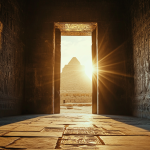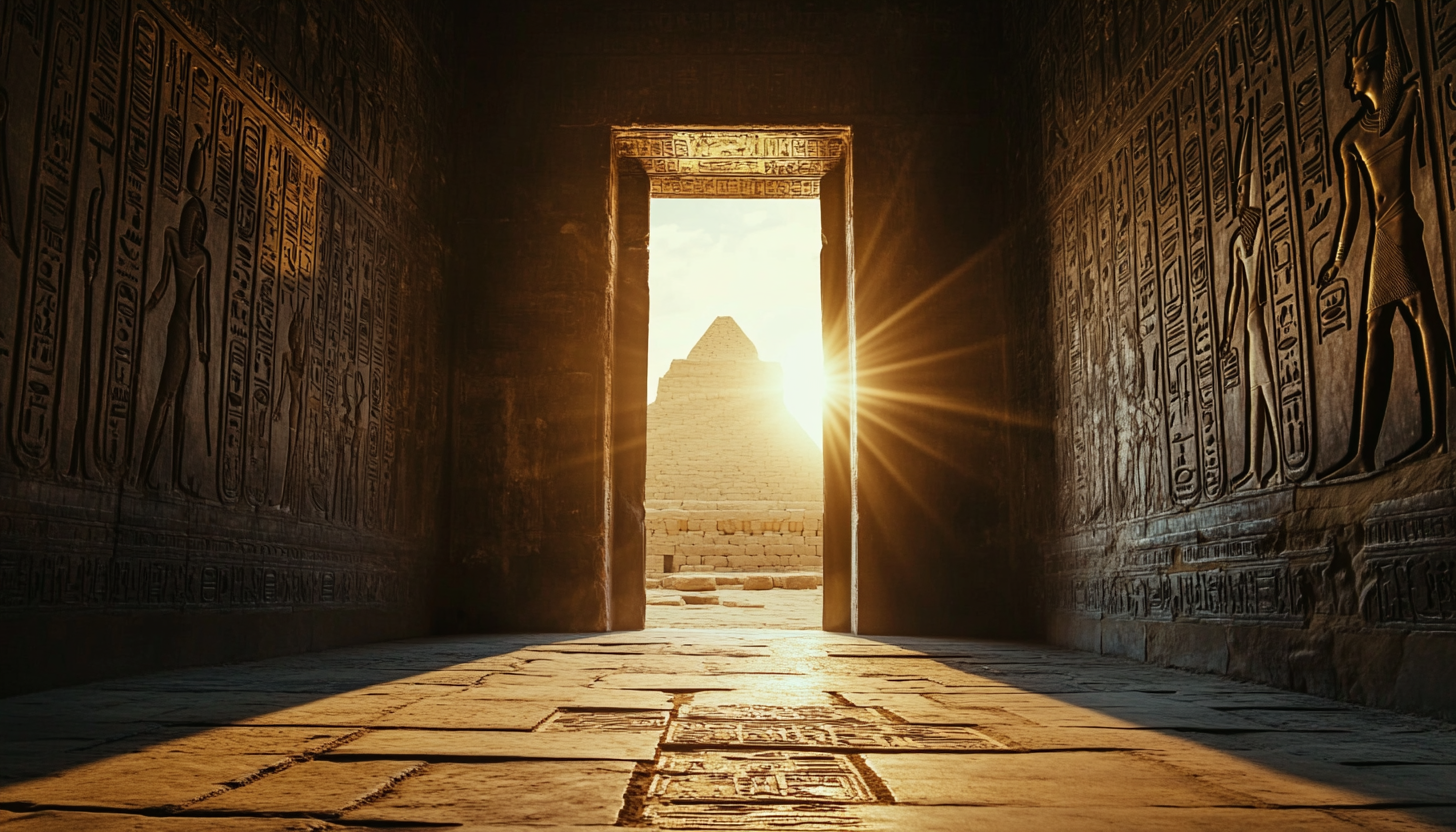Ancient Egypt Unveiled: Astonishing Discoveries and Insights
Ancient Egypt has long fascinated historians, archaeologists, and laypeople alike due to its rich history, architectural marvels, and cultural depth. The civilization, which thrived thousands of years ago along the banks of the Nile River, has left behind a legacy that encompasses monumental pyramids, intricate hieroglyphics, and enduring myths about gods and pharaohs. The mysteries surrounding these ancient leaders, particularly the pharaohs, continue to be a subject of intense study and debate. Recent discoveries and research are shedding new light on this ancient world, offering deeper insights into the lives of these enigmatic rulers and the civilization they governed.
The ongoing efforts to understand Ancient Egypt are not just about the past; they have profound implications for how we understand human history, socio-political evolution, and cultural perpetuation. This article delves into the latest updates on the mysteries of the pharaohs, focusing on the archeological findings, technological advancements in research, and the evolving narratives that challenge previous understandings.
New Archeological Discoveries in Ancient Egypt
The Tomb of Pharaoh Djoser
One of the most significant recent discoveries in Egyptology was the uncovering of new chambers in the Step Pyramid of Pharaoh Djoser in Saqqara. The Djoser tomb, dating back to the 27th century BC, is recognized as one of the earliest large-scale stone-cut architectural endeavors. Recent excavations have revealed previously concealed rooms that are believed to have served ceremonial purposes. The intricate carvings and vibrant frescoes adorning the walls offer valuable insights into the cultural and religious practices of the time.
These discoveries challenge the existing notion that pharaohs primarily constructed pyramids as tombs. Instead, they suggest that these structures may have also had significant ceremonial and spiritual functions. The newly discovered chambers feature depictions of rituals related to the pharaoh’s journey into the afterlife, providing a more nuanced understanding of Pulitoto ancient Egyptian cosmology. Such findings illuminate how pharaohs like Djoser used architecture as a testament to their power and a vehicle for spiritual immortality.
Ancient Egypt: The Lost City of Akhenaten
The discovery of the Lost City of Akhenaten, also known as Amarna, has captivated historians and archeologists worldwide. Unearthed early in the 21st century, this once-flourishing city provides a glimpse into the life and radical religious transformations under Pharaoh Akhenaten. Recent excavations have unearthed residential structures, administrative buildings, and temples dedicated to the sun god Aten.
The city reveals a society undergoing profound transformation. Akhenaten’s attempt to shift the polytheistic tradition to monotheism, centered on the worship of Aten, represented a dramatic departure from established norms. Archeologists are discovering artifacts, including pottery and tools, that indicate how these religious changes affected the daily lives of the citizens of Amarna. Akhenaten’s city not only sheds light on a significant period of religious reform but also challenges the narrative of pharaonic power as unyielding and centralized.
New Finds in the Valley of the Kings
The Valley of the Kings has been a focal point for Egyptologists since the 18th century, with new findings regularly providing deeper insights into the royal lineage of ancient Egypt. The recent excavation of two new tombs, identified as KV65 and KV66, has caused significant excitement. These tombs are thought to belong to lesser-known pharaohs or high-ranking officials of the New Kingdom era.
Artifacts within these tombs, such as funerary masks and inscribed sarcophagi, offer further understanding of the intricate burial customs and the belief systems surrounding death and the afterlife. Moreover, the high level of preservation of the decorations inside these tombs provides vivid depictions of pharaonic myths and ceremonial practices, contributing to our understanding of New Kingdom iconography and religious symbolism.
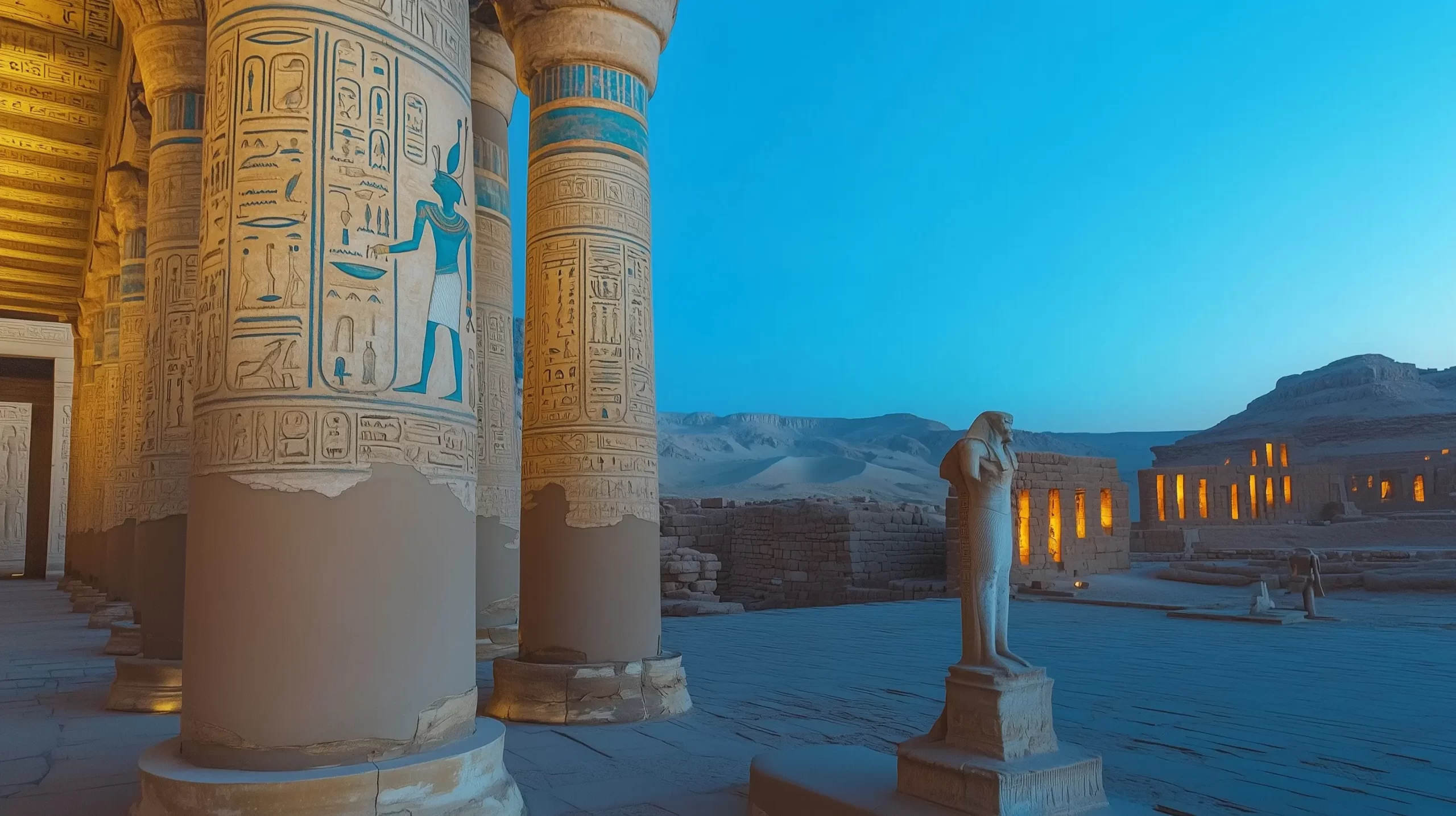
Technological Advancements in Ancient Egypt
Non-Invasive Archeological Techniques
The field of Egyptology has seen a paradigm shift with the integration of advanced technologies such as ground-penetrating radar, 3D modeling, and infrared thermography. These non-invasive techniques have allowed researchers to explore ancient sites with minimal disturbance, preserving their integrity while gathering data. For instance, the use of ground-penetrating radar in the Valley of the Kings has led to the identification of subsurface anomalies that suggest the presence of undiscovered tombs or chambers.
3D modeling offers another dimension in researching ancient structures, providing virtual reconstructions of monuments that enable detailed studies of architectural innovations. These models allow researchers and enthusiasts alike to explore these historical sites, offering insights into construction methods and spatial arrangements, which were previously difficult to interpret using traditional archeological methods.
DNA Analysis and Genetic Research
Advancements in DNA analysis and genetic research have revolutionized our understanding of the ancient Egyptian population, including the genealogy of pharaohs. Recent studies have successfully extracted and sequenced DNA from mummified remains, offering a clearer picture of lineage and kinship among the ruling class. These genetic findings have confirmed familial relationships among famous figures such as Tutankhamun and Akhenaten, resolving long-standing debates about their connections.
Moreover, genetic research has shed light on the health conditions and causes of death of various pharaohs, providing a new layer of understanding regarding their lives and reigns. The presence of inherited disorders and the impact of various diseases highlight the challenges faced by these rulers and offer insights into the medical knowledge and practices of ancient Egypt.
Evolving Narratives in Ancient Egypt
Reassessing the Role of Female Pharaohs
Traditionally, the narrative surrounding ancient Egyptian pharaohs has predominantly focused on male rulers. However, recent research is bringing more attention to the significant roles played by female pharaohs. Prominent figures such as Hatshepsut and Cleopatra are being reexamined, highlighting their political acumen and the unique challenges they faced in a patriarchal society.
New interpretations of existing artifacts and inscriptions suggest that female pharaohs were not merely placeholders but actively engaged in statecraft and religious reforms. For example, the reign of Hatshepsut is now being recognized for its economic prosperity and architectural achievements, challenging the notion that female rulers were less capable or influential than their male counterparts.
The Impact of Trade and External Relations
Emerging evidence is also expanding our understanding of the extent of Egyptian trade and diplomatic relations under the pharaohs. Excavations at various coastal sites and the analysis of trade goods indicate that ancient Egypt had extensive contact with neighboring civilizations, such as those in the Levant, Nubia, and the Mediterranean.
This growing body of evidence suggests that the pharaohs actively engaged in trade relations to obtain resources like timber, gold, and incense, which were crucial for maintaining their power and facilitating religious practices. These findings highlight the strategic and economic savvy of the pharaohs and challenge the view that Egypt was an isolated civilization.
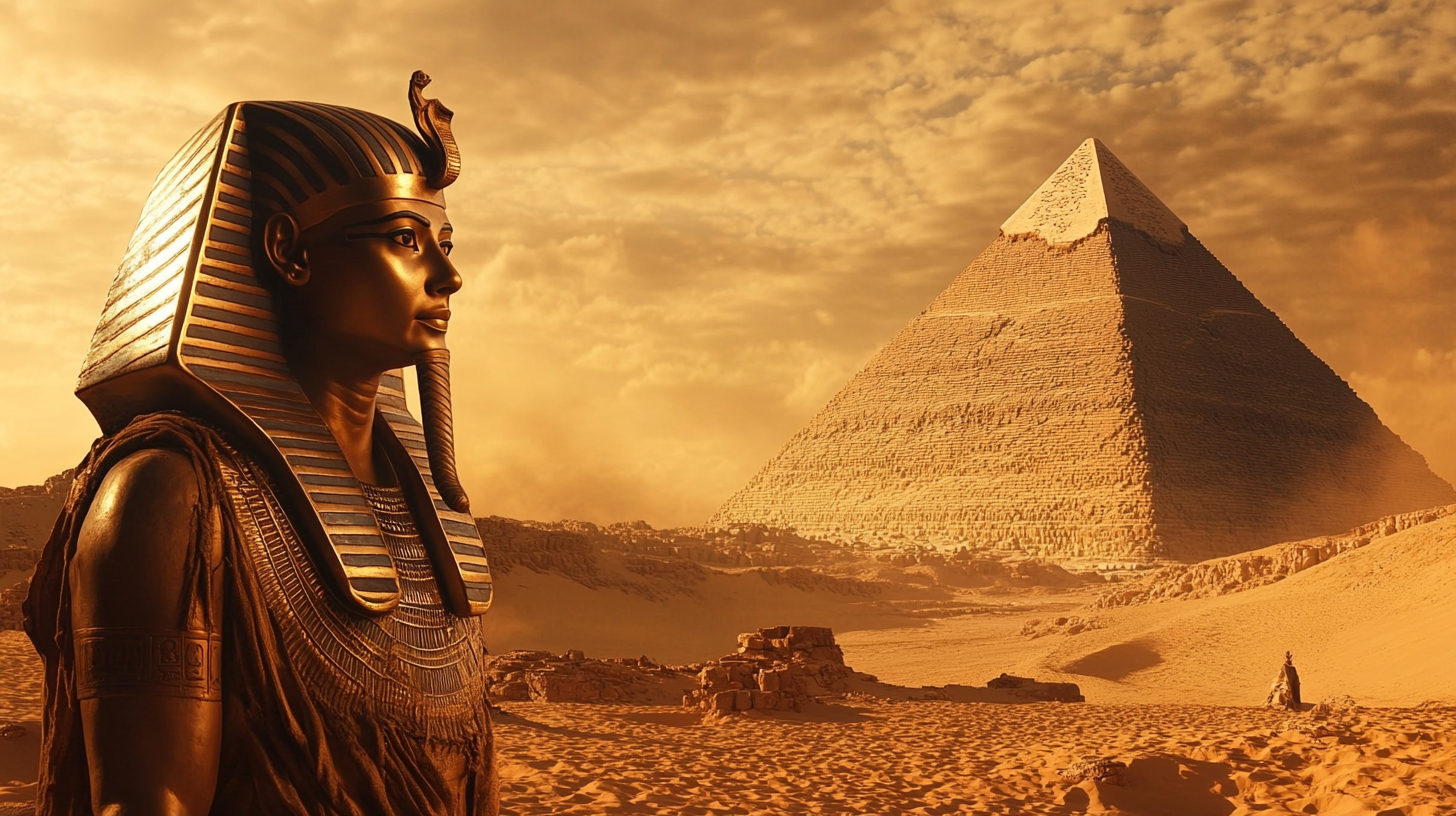
Implications of Recent Discoveries
Understanding Ancient Egyptian Society
The recent updates in archeological discoveries and research techniques have profound implications for our understanding of ancient Egyptian society. They paint a picture of a civilization that was both culturally rich and dynamically evolving over millennia. With each revelation, researchers can construct a more comprehensive narrative of how ancient Egyptians lived, worshipped, and governed themselves.
These discoveries emphasize the complexity of social stratification, the interconnectedness of religion and politics, and the sophistication of Egyptian culture. The new findings also reinforce the idea that ancient Egypt was not a monolithic entity but one that changed and adapted through different eras, responding to internal reforms and external influences.
Educational and Cultural Heritage
Unveiling the mysteries of Ancient Egypt also plays a vital role in educational and cultural contexts. These updates can inspire and inform educational content, fostering a deeper appreciation of ancient history among younger generations. Moreover, they contribute to the preservation of cultural heritage, ensuring that the history and achievements of ancient Egypt remain accessible to the global audience.
The incorporation of new technologies in research and public dissemination allows for broader engagement with Egyptology. Innovative platforms, such as virtual museums and interactive digital exhibits, provide unique opportunities for individuals worldwide to engage with ancient Egyptian history, making the past more relevant and comprehensible.
Ancient Egypt: Challenges and Future Directions
Preserving Archeological Sites in Ancient Egypt
A significant challenge in Egyptology continues to be the preservation of archeological sites against threats such as urban development, climate change, and looting. The balance between accessing new knowledge and protecting these sites remains delicate. Conservation efforts need to be continuously supported and updated to ensure the longevity of these historical treasures.
Expanding Research Initiatives in Ancient Egypt
Looking forward, there is a need to expand collaborative research initiatives that bring together interdisciplinary teams of archaeologists, historians, geneticists, and technologists. By combining expertise from various fields, future studies can offer more holistic insights and fill gaps in our current understanding of Ancient Egypt.
Emphasizing Inclusive Narratives
There is also an increasing push to develop more inclusive narratives that reflect the diversity of ancient Egyptian society. By highlighting the roles of marginalized groups, including lower social classes and ethnic minorities, future research can provide a fuller and more equitable history of this fascinating civilization.
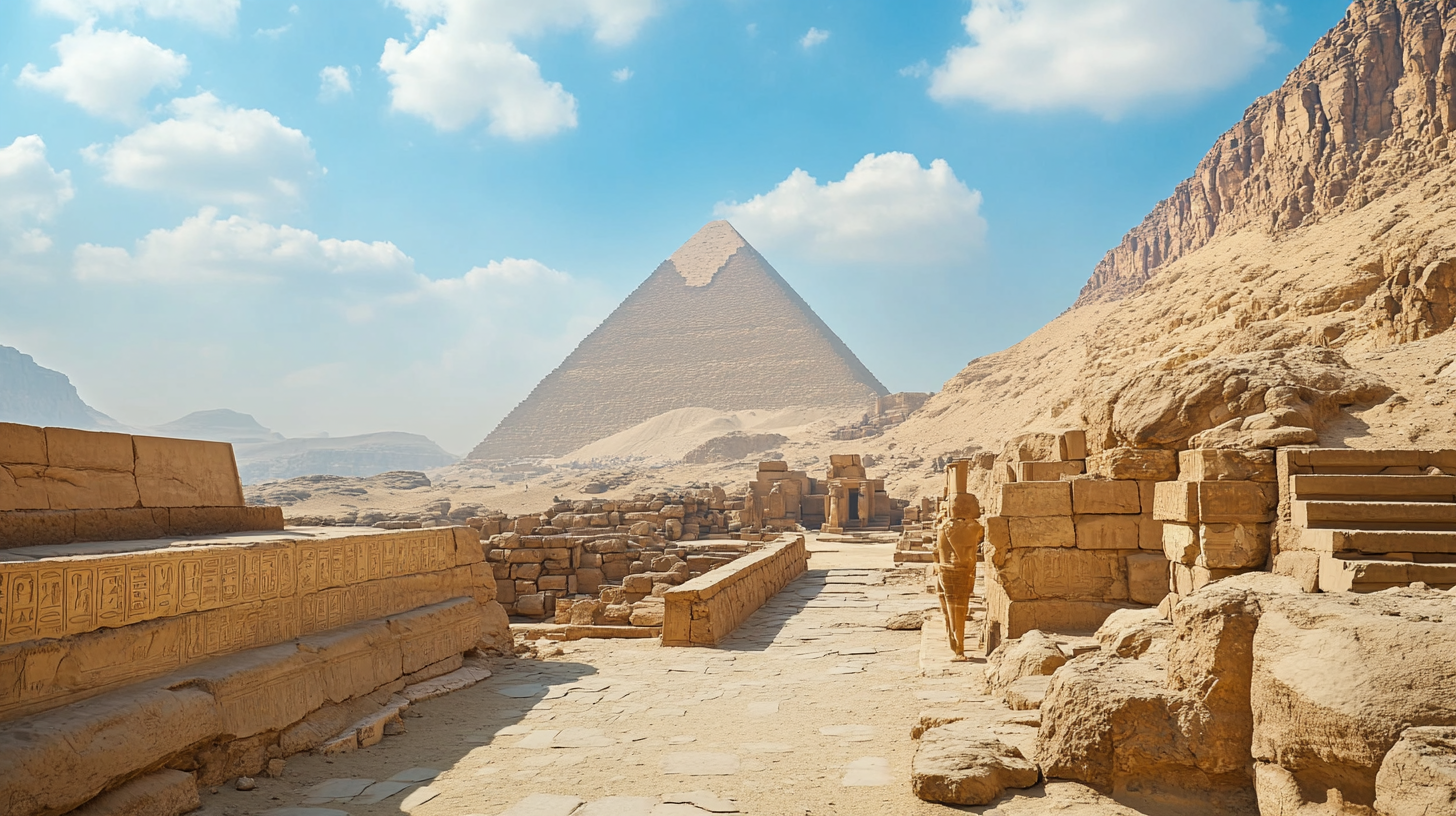
Conclusion
The journey to uncover the mysteries of the pharaohs continues to captivate the imagination of those fascinated by the past. With each new discovery, technology-enhanced insight, and evolving narrative, we are gradually piecing together a more detailed and nuanced picture of Ancient Egypt. The research findings discussed in this article highlight not only the monumental achievements of the pharaohs but also the intricate and multifaceted nature of the civilization they ruled.
As we look to the future, the unveiling of Egypt’s mysteries promises to deepen our understanding of human history, informing contemporary discussions of culture, identity, and heritage. With ongoing research and discovery, the legacy of ancient Egypt remains a vital touchstone in the annals of global history, continuing to offer lessons and inspirations for generations to come. If you like reading this article then please consider visiting iantdcourses to find more article like this.

